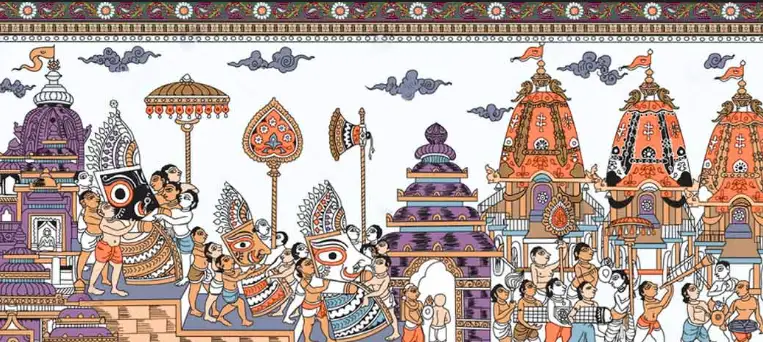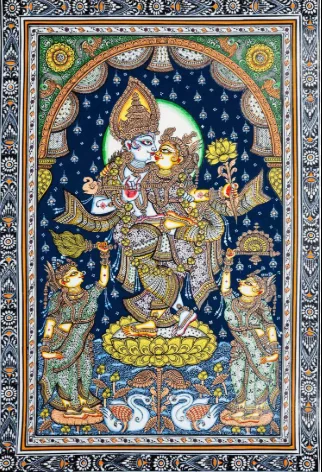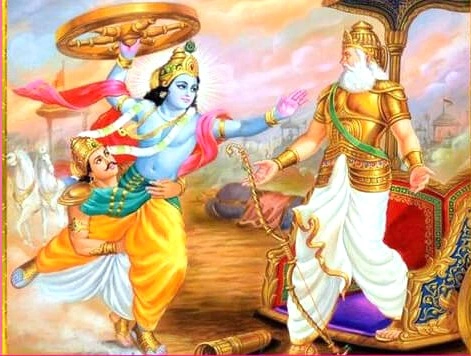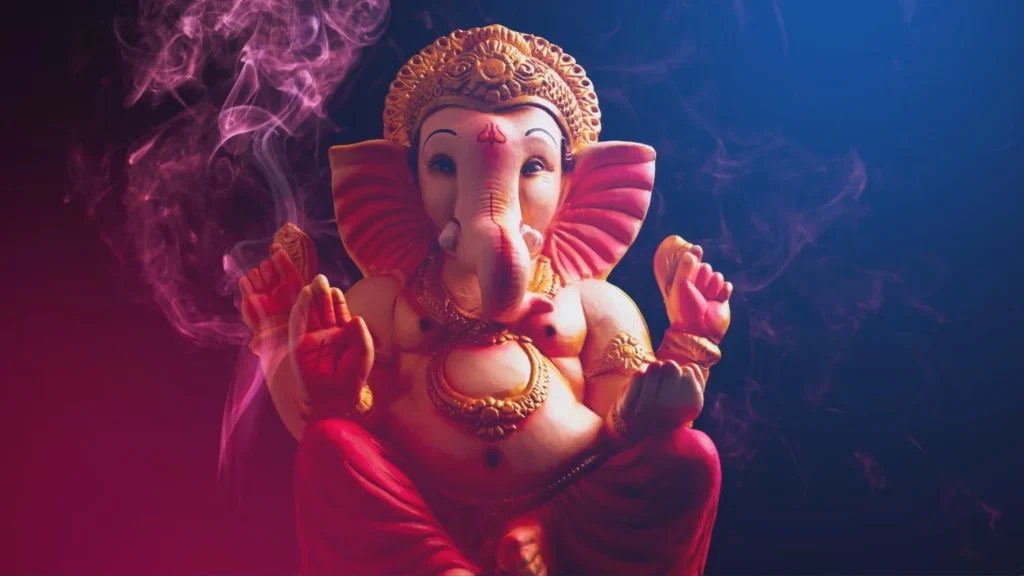
Table of Contents
India is a land of stories – and few stories are as vividly painted as the ones found in Pattachitra. Indeed, this age-old art form from Odisha is more than just paint on cloth; it’s a vibrant tradition passed down through generations. For instance, whether you’ve seen the iconic Jagannath deities on canvas or admired the intricate motifs on a Pattachitra saree, you’ve already glimpsed a piece of living heritage.
Therefore, let’s unravel the story behind this unique Indian painting style and understand why it continues to mesmerize artists and admirers alike.What is Pattachitra?
The term Pattachitra combines two Sanskrit words: Patta, which means cloth, and Chitra, which means picture. Essentially, Pattachitra refers to “a picture on cloth.” Nevertheless, the simplicity of the term does not reflect the complexity of the art—it ranks among India’s most intricate and symbolic art forms, with a history that spans over a thousand years.
Originally, artists rooted Pattachitra in the cultural and religious traditions of Odisha, particularly around the Jagannath Temple in Puri. At first, they created these paintings for temple rituals and devoted followers. Over time, they transformed the art into wearable designs and collectible pieces. In addition, they passed this skill from one generation to another. Consequently, the art form continued to thrive. Moreover, global interest in traditional Indian art helped increase its visibility. Therefore, Pattachitra now holds both cultural and commercial value beyond India’s borders.
The Origins of Pattachitra
Pattachitra reflects deep connections to temple art, especially with the Jagannath tradition in Puri. For example, just like Rajasthan’s Pichwai paintings and Bengal’s Kalighat art, artists in Odisha developed Pattachitra around temples and created it primarily for pilgrims.
At first, they painted these works to depict scenes from:
- Lord Jagannath’s life
- Krishna Lila (stories of Lord Krishna)
- Vishnu’s incarnations
- Episodes from epics like the Ramayana and Mahabharata
How is Pattachitra Made?
Preparing the Canvas (Patta)
- Artists use old cotton cloth and layer it with natural gum made from tamarind seeds.
- They apply a paste of chalk and gum as a primer.
- Next, they rub the surface smooth using agate stones until it forms a leathery, polished finish.
Drawing and Painting
- Artists sketch the outlines using charcoal or fine pencils.
- Natural colors are applied – red from Hingula, white from conch shells, yellow from haritala (stone), and black from burnt coconut shells.
- Detailing is done with precision, especially with eyes, ornaments, and borders.
Finishing Touch
- Finally, the artists apply a natural lacquer to protect the painting and enhance its shine.
- Subsequently, they add intricate borders, trees, animals, and floral motifs for ornamentation.
Remarkably, the artists hand-craft every brush, container, and tool—even the scissors and scale—they use in the process!
Pattachitra Painting in Modern Life
While Pattachitra began as temple art, it has adapted beautifully to the modern world. As a result, today you’ll find:
- Pattachitra Sarees – woven or painted sarees that carry the signature motifs and stories
- Wall Decor & Home Art – murals, scrolls, coasters, and frames
- Handmade Souvenirs – bookmarks, boxes, and hand fans
Why Does Pattachitra Matter Today?
People Always Ask
1. What is Pattachitra painting known for?
2. Where does Pattachitra originate from?
3. What materials are used in Pattachitra art?
4. What is the significance of the Pattachitra saree?
5. How can I identify an original Pattachitra?
Final Thoughts: Why You Should Explore Pattachitra
Firstly, support India’s heritage by buying authentic Pattachitra art from verified artisans or by visiting Raghurajpur village in Odisha to experience the magic firsthand.
Begin your journey with tradition—because every Pattachitra painting tells a story waiting to be discovered!


